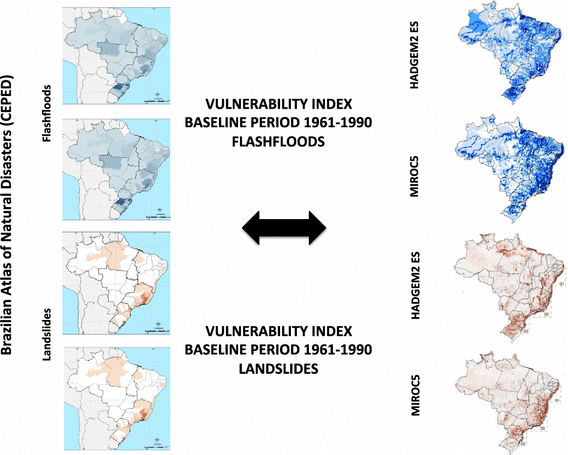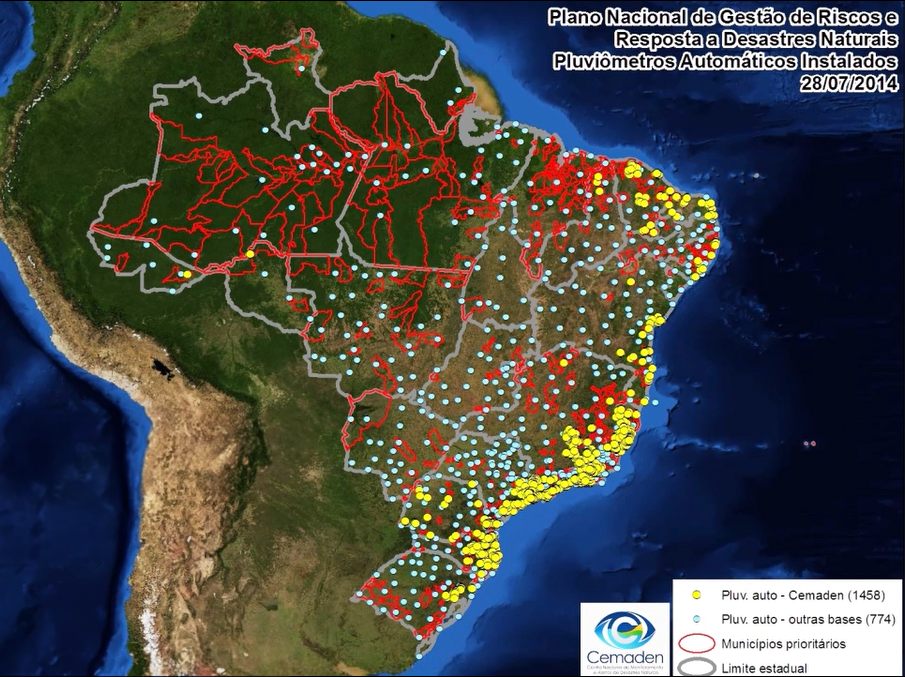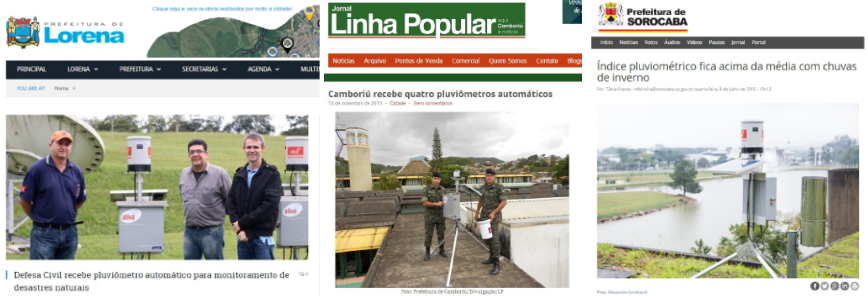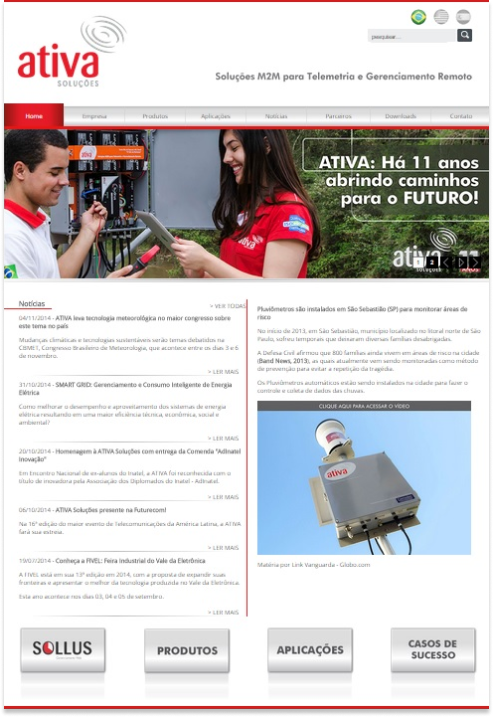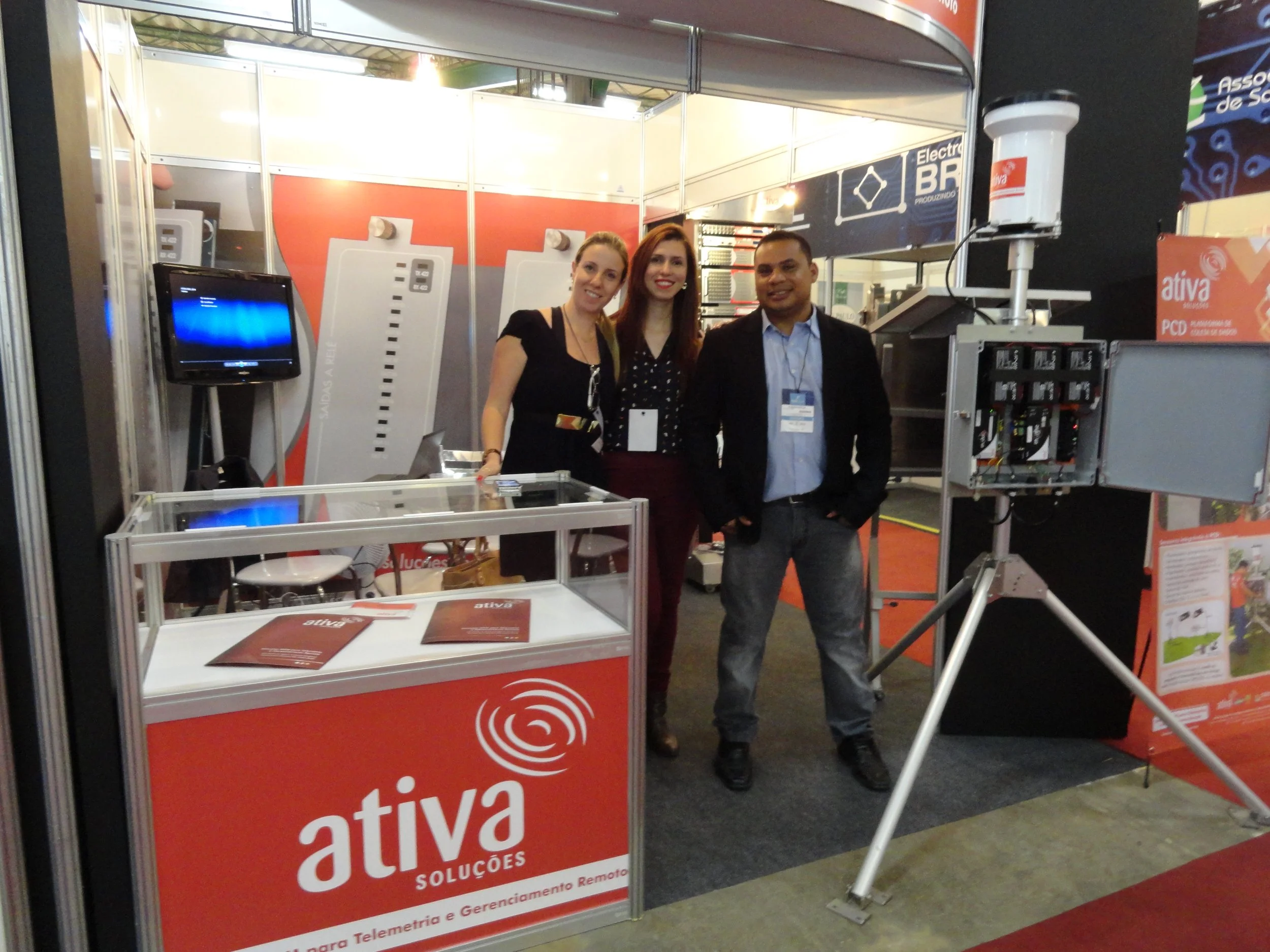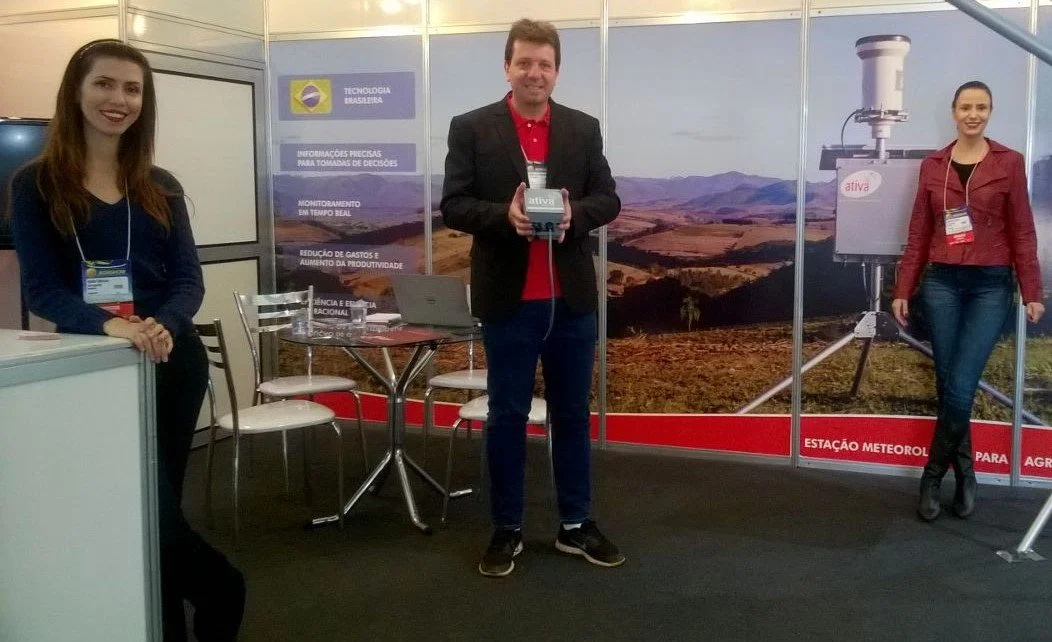Go-to-Market Strategy for the First Real-Time Response Solution for Natural Disaster Monitoring in Brazil
Context
Brazil is prone to a variety of natural disasters related to rainfall, partly due to its geological and climatic characteristics. The country's large territory and varied topography, which includes mountainous regions and areas prone to landslides, combined with a tropical climate that brings intense rainfall during certain seasons, contribute to frequent floods, landslides, and flooding.
Brazilian Atlas of Natural Disasters map for flash floods and landslides between 1991 and 2010 periods (CEPED 2013).
the resulting vulnerability index map for the baseline period (1961–1990) for flash floods and landslides from the Eta-HadGEM2-ES and Eta-MIROC5 models using the three sub-indexes (climatic, environmental and socioeconomic).
Source: Debortoli et al. (2016) and adapted from CEPED (2013).
Left: “Catastrophe in Rio: 237 dead - In one day, the largest natural tragedy since 1967 in Brazil.”
Right: “446 dead - landslide in Rio and the most violent ever recorded in Brazil."
Headlines from “Estadão” newspaper, one of the largest in the country.In January 2011, the astonishing nature of this tragedy, in particular, was its scale. A staggering toll of 916 dead and 345 missing.
In response to the devastation caused by these events, the government established the National Center for Monitoring and Early Warning of Natural Disasters (CEMADEN) in 2012 and launched a pioneering project: the "Automatic Rain Gauges". This initiative aimed to enhance rainfall monitoring nationwide, particularly in high-risk areas, to mitigate socioeconomic and environmental impacts.
The project's core involved deploying rain gauges, which measure rainfall without needing electricity, in disaster-prone regions in collaboration with government agencies. This created a network for disaster reduction, with CEMADEN selecting installation sites based on severity and public safety risk, maintaining the equipment, and providing real-time monitoring and alerts to enable prompt evacuation measures.
Part I: The Development and My Role
Public sector project development must strictly adhere to government-imposed conditions, and any incorrect or missing information in the documents and technical specifications could result in losing the bid.
The marketing and engineering departments worked closely to create a detailed and visually appealing technical and quantitative summary. The presentation of technical material and charts detailing the specifications of the supplied equipment had to be flawless for the auctioneer's analysis. This included:
Detailed technical information
Visual presentation of technical data
Professional photography of the equipment and components
Datasheets, photos, and illustration detailing technical characteristics and functionality of products and components used in the “Automatic Rain Gauges” project.
Results
After beating 9 other competitors, ATIVA won the bid and developed 3,000 units of automatic rain gauges to meet national demand. In addition, it acquired ownership of the product and included it in its portfolio.
The project was featured in the country's major media outlets with an audience of 10M+ and on government news portals, generating:
Public relations efforts increased the project's and the company's initial visibility.
Raised awareness - The public became aware of the product before it was marketed.
Map of Rain Gauges Installed in Brazil, 2014.
Source: CEMADEN. For Interactive Map of current equipment installed in Brazil, access here.
One of the first reports about the project on Brazil's largest open TV network, Rede Globo.
Civil Defense technician explaining the equipment's operation to the former mayor of São Paulo and current finance minister of Brazil, Fernando Haddad.
Some publications on official communication channels of city governments and major regional newspapers.
Part II: Go-to-Market Strategy
The marketing and sales department began working on how to launch the product, initially called “Data Collection Platform” in the market from the project's outset, leveraging public relations as material for credibility and awareness.
SEGMENT-SPECIFIC POSITIONING
SELECTED MARKETING COLLATERAL
NATURAL DISASTER PREVENTION FOCUSED
Video launching the product upgraded, Data Collection Plataform Hydrus, with Digital Camera and more sensors integrated.for a more detailed measure of variables that can contribute to flooding in the city.
Left: New website landing page launching the Data Collection Platform and featuring latest news.
Top right: Social media post featuring a testimonial from Inspector Nelson de Lima Ribeiro, Civil Defense Coordinator of Curitiba: “We used to be in the dark... We relied on the population to know if it was flooding or overflowing! It was very difficult. From the moment we implemented the equipment, that changed! Civil Defense needs to work with technology.”
Bottom right: Post showcasing the SOLLUS Natural Disaster Monitoring Software, displaying real-time data collected from the equipment.
PRECISION AGRICULTURE FOCUSED
Left: Media for a newspaper in Ribeirão Preto, São Paulo, about ATIVA Soluções' participation in the largest Agricultural trade fair in the country, the Agrishow, which attracts 150,000+ participants from 70+ countries and 600+ exhibitors.
Right: Social media posts educating farmers on precision agriculture and its impact on efficiency and resource management.
EVENTS
1. With Sales Manager Guilherme Coutinho at the Meteorological Station launch at the Brazilian Symposium on Water Resources in Brasilia, Nov 2015 (40k+ participants), focused on the Hydrology Segment.
2. With Sales Team Priscilla Rennó and Eliezer Jansen at a regional innovation trade fair.
3. With CEO Edson Rennó and Sales Representative Mariane Oliveria at the Agrishow trade fair, focused on the Agricultural Segment.
Results
One year after its launch, 90% of the company's revenue came from projects using this technology.
Increased the client portfolio by approximately 20%.
Generated 200k+ impressions and grew audience and interactions on social media by 70%.
Acquired new technologies and developed more 4 products based on feedback from clients and new market demands
The company doubled in size, changing its classification, creating new jobs, and structuring departments.
Safety impact—The product's data collection enabled civil defense agencies to issue evacuation alerts for areas with high precipitation (rain) volume, allowing residents to evacuate before floods and landslides.
Meteorological station family (DCP - Data Collection Platforms) with new technology that emerged in the subsequent years.

